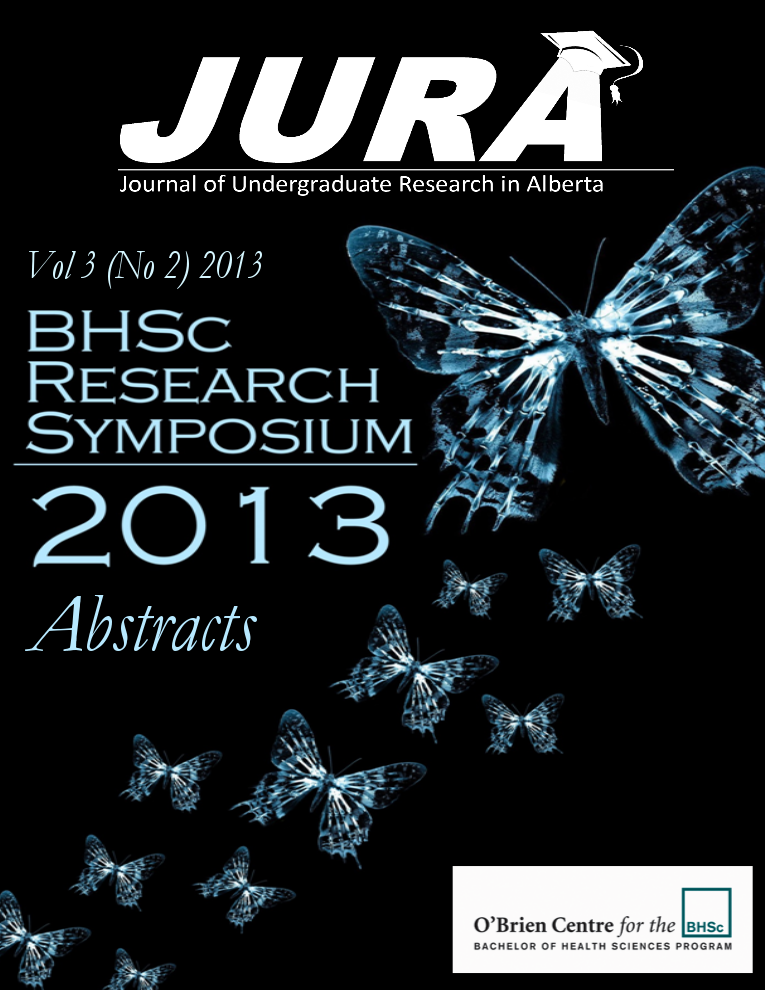Identification Of Novel Monocytoid Cell Activators To Reduce Brain Tumour Initiating Cell Growth
Abstract
INTRODUCTION
Malignant gliomas are the most common and deadly type of adult brain tumours. Brain tumour initiating cells (BTICs), a type of cancer stem cell, have been identified to contribute to the tumourigenesis and recurrence of gliomas. Surrounding BTICs in situ are monocytoid cells, which are innate immune cells of the central nerve system (CNS) (microglia) or cells which have infiltrated into the CNS (macrophages). Though thought to be initially recruited to eradicate the tumours, these cells are ultimately exploited by the tumour cells to promote their own growth. Thus, activating or reprogramming monocytoid cells may represent an approach to curb BTIC growth. Previously, a drug screen of 1040 compounds for their capacity to further activate lipopolysaccharide (LPS)-stimulated human microglia identified niacin, orlistat, bumetanide and meclocycline as hits [1]; demeclocycline was subsequently added to the list.
METHODS
Human adult and fetal microglia and human blood monocytes were plated at 50,000 cells/well/100μL and 100,000 cells/well/100μL, respectively, in 96-well plates, and transferred to BTIC medium an hour prior to treatment. Treatment involved administering each drug (10 μM) with and without LPS (100 ng/mL). Media were collected 48 hrs after treatment and termed microglia/monocyte conditioned medium (MCM/Mono CM). BTIC cells derived from glioma patients were exposed at 10,000 cells/well/100μL with either MCM or Mono CM in 96-well plates for 72 hrs. The number of neurospheres above 60 microns was counted with the assistance of a light microscope (n = 4 per well) for neurosphere assay analysis.
RESULTS
Microglia-conditioned media (MCM) generated in the presence of LPS and each drug attenuated growth of patient-derived BTICs in vitro when compared to LPS-MCM alone. Notably, these drugs also promoted BTIC differentiation into cells which exhibited reduced stemness. A similar effect was observed with monocyte-conditioned media (Mono CM) with all four drugs in the presence of LPS (Figure 1). Interestingly, a combination of demeclocycline and niacin also reduced BTIC growth without the need for LPS.
DISCUSSION AND CONCLUSIONS
This study has verified a number of promising candidates for harnessing innate immune cells in the glioma micro-environment to curb BTIC growth, paving the way for future approaches to clinically targeting BTIC growth. Future directions could test combinations of drugs with alternatives to LPS, such as amphotericin B, a recently observed activator of monocytoid cells, and compounds observed endogenously, such as interleukin-1β and interferon gamma, which could lead to identifying more clinically-viable options.
REFERENCES
- Samanani S, et al. CNS Neurol Disord Drug Targets. 12:741-9, 2013.
- Zhai H, et al. Glia. 59:472-85, 2011.
Downloads
Downloads
Additional Files
Published
Issue
Section
License
Authors retain all rights to their research work. Articles may be submitted to and accepted in other journals subsequent to publishing in JURA. Our only condition is that articles cannot be used in another undergraduate journal. Authors must be aware, however, that professional journals may refuse articles submitted or accepted elsewhere—JURA included.


